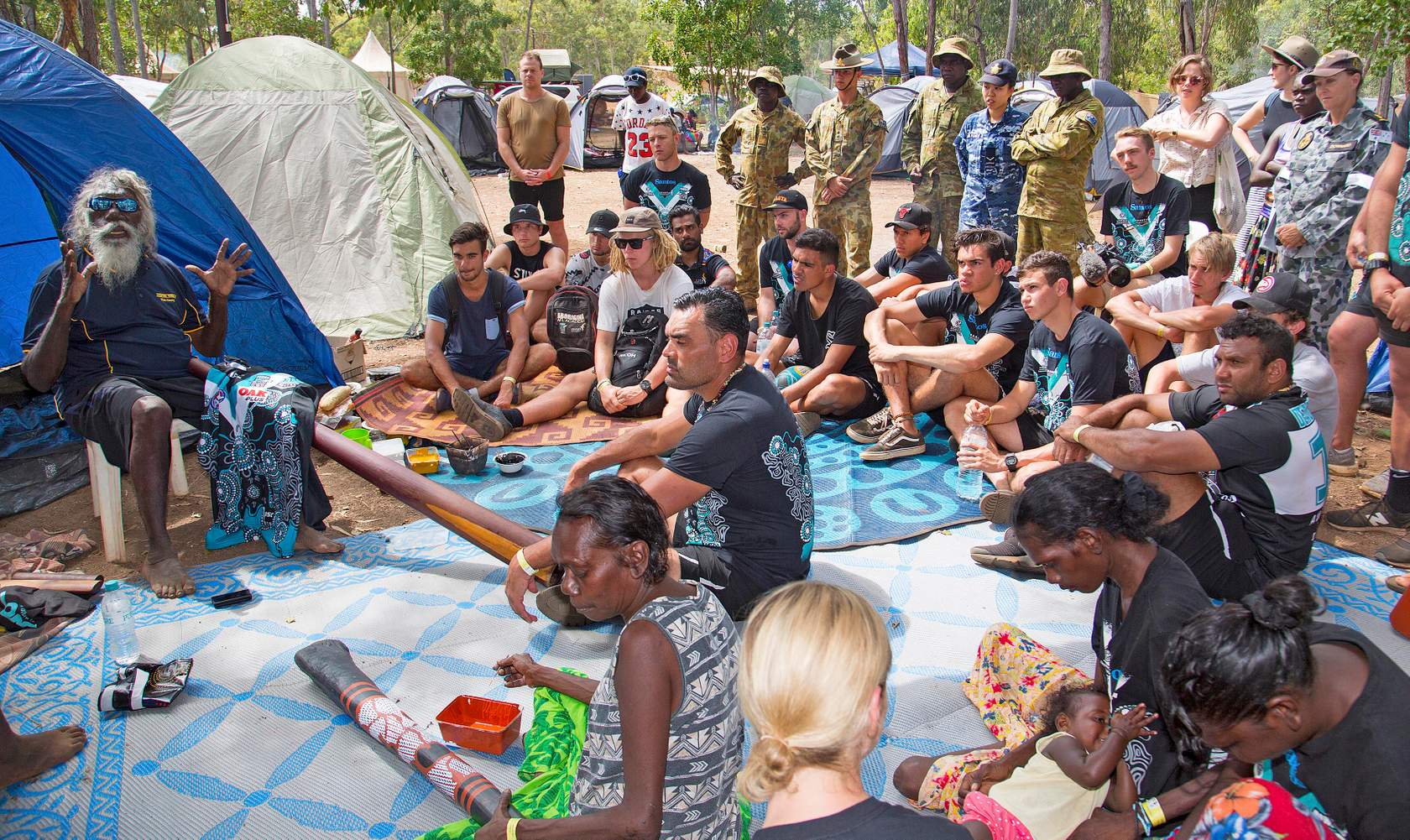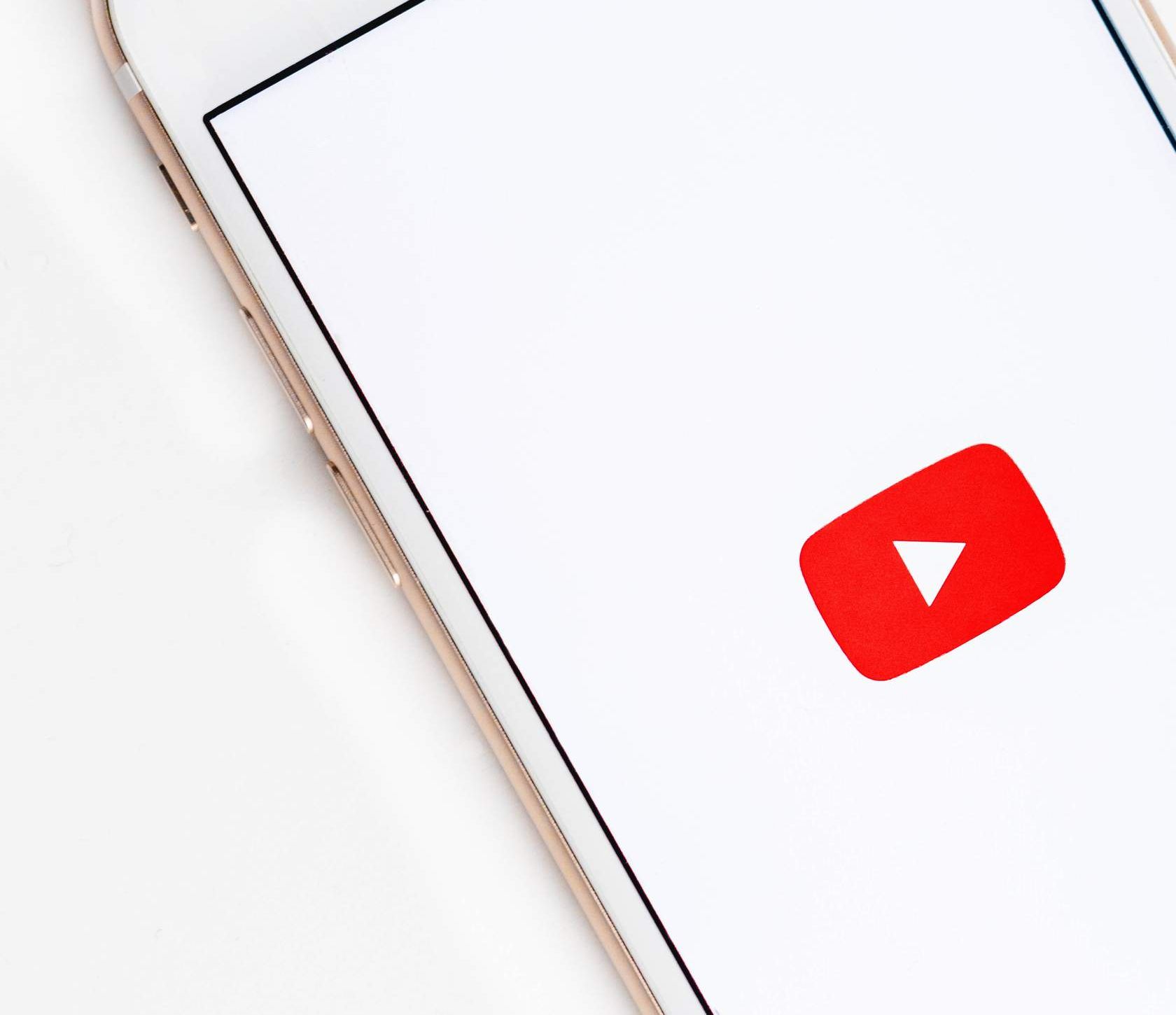82 Making It Stick ….Once upon a time…
Once upon a time…
Stories form some of our most long standing memories as humans and social beings and have been used, since before the advent of written language, to fulfil a critical role in community life.

Navy, Army and Air Force members gather to hear the history of the didgeridoo told by one of the local indigenous elders during the 20th Anniversary of the Garma Festival.
For Australian Indigenous communities, yarning and sharing of Dreaming knowledge is a critical component of maintaining cultural integrity through the sharing and passing on of cultural heritage.
Much can also be learnt from other ancient traditions. The Native American approach to storytelling embodies a reflective and inductive approach to learning that fits neatly with the idea of creativity and problem solving. Such an approach steps away from the neat idea of a recipe for storytelling and seeks to encourage deeper thought.
Paul Zak and the Neuroscience of Storytelling
In his exploration of human responses to stories, Neuro-Economist Professor Paul Zak has studied at great length the impact of a strong narrative on our brain’s feelings and subsequent behaviours1 Leveraging the idea that, as social creatures, stories are an effective way to transmit important information and values from one individual or community to the next, Zak’s studies dig deep into the world of neurobiology.
Stories that are personal and emotionally compelling engage more of the brain, and thus are better remembered, than simply stating a set of facts. Neurochemical changes are brought on by engagement in a compelling story; including changes in oxytocin levels that compel engaged listeners to retain the key elements of a resonant story long after it is heard. This emotional engagement can then lead to pro-social behaviour – donating money to a good cause or responding to a request for help. Strong change leaders can leverage this understanding to positively influence individuals and teams to understand the merit of a new idea or initiative or to take on new practices and processes.
Organisational life and anti-stories
While story sharing is critical to engaging people to take on new ways of thinking and working, there are also often ‘anti-stories’ that we hear across teams and workplaces that work against positive change. Anti-stories may be described as pre-existing beliefs and opinions that work against or challenge an organisational strategy or change that may be communicated. In this unit, as you consider the best way to communicate your idea or opportunity for change, we would like you to consider any potential cynicism or anti-story that may emerge within your team and how you might best respond to it.
How to use story to build your case for change
As we mentioned at the beginning of this topic, the final part of this unit asks you to effectively communicate your own investigation and the outcomes of the investigation, in a vehicle, artefact or manner that is suitable for the context. Crafting a narrative or story about your work is a useful way of influencing others in your environment to understand
The Storytelling Canvas is one tool that can help you to shape up your story for sharing with your colleagues.
Here is a great way to set up a powerful story. Take a moment to read through the steps.
Here is a great way to practice. Read Todd Snowden’s story in The Cove, ARE WE FORGETTING OUR HISTORY?
Complete the Storytelling Canvas by standing in Todd’s shoes and fill in the sections. What is his story about? What does he want to achieve by telling this story? Who is his audience and what does Todd think they need or might benefit from?
Now go to the next stage of the canvas. What is the ‘Before’ story? How does Todd set the scene for what he wants you to do differently? What is his call to action? How does he want you to feel and possibly do when you have finished the reading the story? What is his lesson here?
Just by the way, think about the attitude formation model that you explored in one of the earlier lessons! Does this sound familiar!
Now that you have practised using Todd’s story create your own using the template. Share with someone and then refine as you need to.
By doing this you are shaping your pitch! Be sure to bring all the big guns! You have great pieces from all across the unit that will add richness and detail to your story canvas.
References
- Zak. P.J. (2014). Why your brain loves good storytelling. Retrieved on 1 October, from https://hbr.org/2014/10/why-your-brain-loves-good-storytelling




